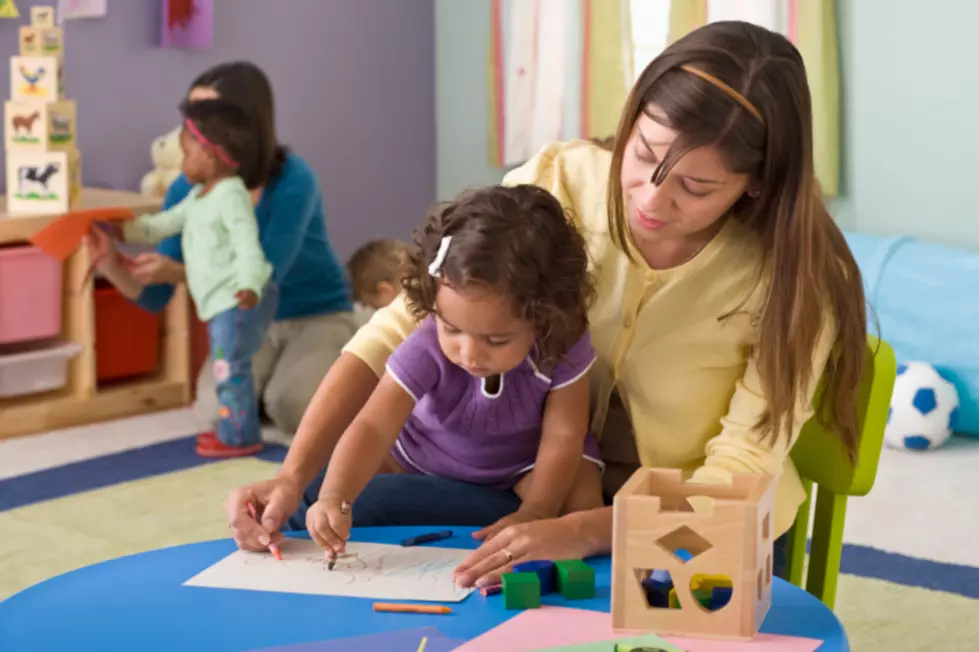
Report: Cost to raise today’s child tops $245,000
WASHINGTON (AP) -- A child born in 2013 will cost a middle-income American family an average of $245,340 until he or she becomes an adult, with families living in the Northeast taking on a greater burden, according to a report out Monday.
Those costs - food, housing, childcare and education - rose 1.8 percent over the previous year, the Agriculture Department's new "Expenditures on Children and Families" report said. As in the past, families in the urban Northeast will spend more than families in the urban South and rural parts of the U.S., or roughly $282,480.
When adjusting for projected inflation, the report found that a child born last year could cost a middle-income family an average of about $304,480.
The USDA's annual report, based on the government's Consumer Expenditure Survey, found families were consistent in how they spent their money across all categories from 2012 to 2013. The costs associated with pregnancy or expenses accumulated after a child becomes an adult, such as college tuition, were not included.
In 1960, the first year the report was issued, a middle-income family could spend about $25,230, equivalent to $198,560 in 2013 dollars, to raise a child until the age of 18. Housing costs remain the greatest child-rearing expense, as they did in the 1960s, although current-day costs like childcare were negligible back then.
“The cost of raising a child continues to go up,” said Raymond Tenpenny, a financial advisor with Merrill Edge in Cranford, New Jersey, responding to the new federal numbers. “There are a lot of costs associated with raising a child, clearly.”
The sticker shock is even greater in the Northeast – $282,480 in the region’s urban areas, according to the report.
Tenpenny said folks planning on having a child should also be planning for their financial future.
“Besides spending less on yourselves, there are a few steps you can take,” he said. “One is create a budget – short-term, medium-term and long-term.”
Tenpenny suggested borrowing “as little as possible,” and saving early so that college and retirement don’t become unrealistic options.
For middle-income families, the USDA found, housing expenses made up roughly 30 percent of the total cost of raising a child. Child care and education were the second-largest expenses, at 18 percent, followed by food at 16 percent.
Expenses per child decrease as a family has more children, the report found, as families with three or more children spend 22 percent less per child than families with two children. That's because more children share bedrooms, clothing and toys, and food can be purchased in larger, bulk quantities.
Dino Flammia also contributed to this report.
More From New Jersey 101.5 FM

![Baby-Sitting in New Jersey Averages $16 an Hour [AUDIO]](http://townsquare.media/site/385/files/2014/06/RS1154_86530516.jpg?w=980&q=75)
![NJ Child Care System Needs Help, Report Says [AUDIO]](http://townsquare.media/site/385/files/2014/02/RS3279_89792040-scr.jpg?w=980&q=75)


![Child Care Costs Keep Rising: Report [AUDIO]](http://townsquare.media/site/385/files/2012/01/childcare.jpg?w=980&q=75)
![How Much Does Day Care Cost in NJ? [AUDIO]](http://townsquare.media/site/385/files/2012/08/childcare.jpg?w=980&q=75)


